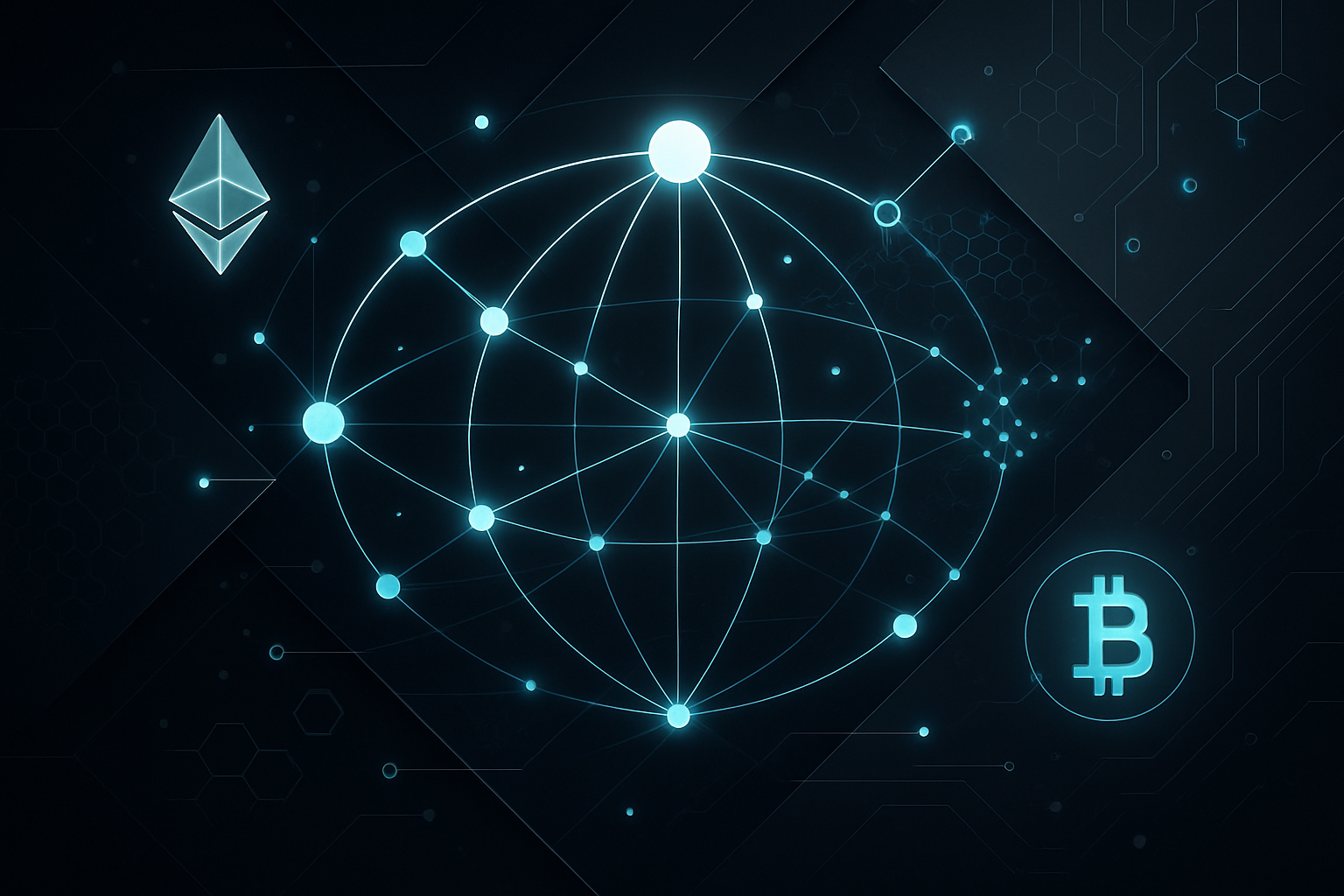
In 2025, the landscape of on-chain perpetual DEXs is being dramatically reshaped by MEV-resistant batch auctions. For years, traders and protocols have grappled with the challenge of Maximal Extractable Value (MEV): the hidden tax where miners or validators reorder transactions to extract profits, often at the expense of regular users. This issue has long undermined trust, efficiency, and fairness in decentralized markets. But today, a wave of innovation is turning the tide, ushering in a new era where fair execution and transparency are at the heart of DeFi.

Why MEV-Resistant Batch Auctions Matter for Perpetual DEXs
Traditional on-chain perpetual exchanges have struggled with MEV attacks like front-running and sandwiching, where bots exploit transaction ordering for profit. These practices not only erode user confidence but also widen spreads and reduce liquidity for everyone except sophisticated searchers. The result? An uneven playing field that deters both institutional adoption and retail participation.
This year, however, protocols like Ambient Finance on FogoChain are deploying Dual Flow Batch Auctions (DFBA), a mechanism designed to neutralize these threats at their core. DFBA works by aggregating buy and sell orders into discrete batches, executing all trades in each batch simultaneously at a single clearing price. This obliterates any advantage gained from speed or order placement within the batch window, making it nearly impossible for predatory bots to manipulate outcomes.
The Mechanics: How DFBA Redefines On-Chain Execution
The genius of DFBA lies in its simplicity and power. By matching all orders at once rather than sequentially as they arrive, it:
- Eliminates front-running: No one can jump ahead in line since all trades clear together.
- Tightens spreads: Uniform pricing attracts more liquidity providers who no longer fear toxic flow.
- Cuts out latency arbitrage: Speed becomes irrelevant within each auction round.
The impact is already visible: tighter bid-ask spreads, deeper liquidity pools, and increased trading volume, all while protecting users from hidden MEV costs. According to research from OAK and Modular MEV (read more here), these innovations are setting new standards for execution quality across DeFi.
Beyond DFBA: The Rise of Multi-Protocol MEV Resistance
The momentum isn’t limited to FogoChain or Ambient Finance perps. Protocols like CoW Protocol are also leveraging batch auctions, but with their own twist. CoW aggregates user intents across multiple AMMs and then uses specialized solvers to find optimal execution paths during each batch cycle. Not only does this maximize user surplus by finding better prices, but it also minimizes gas fees and slippage, two persistent pain points for on-chain traders.
This cross-protocol arms race is pushing perpetual DEXs toward greater fairness than ever before. As dark pool concepts gain traction, concealing large trades from public mempools to further shield against MEV, the ecosystem is evolving rapidly toward its original ethos: open access without exploitation.
For traders, these advancements mean a tangible improvement in execution quality and risk management. With MEV-resistant batch auctions, orderflow is no longer a liability but an opportunity. Liquidity providers can participate without the looming threat of toxic flow, while active traders gain confidence that their strategies won’t be undermined by invisible adversaries lurking in the mempool.
Institutional players who once hesitated to engage with on-chain perpetuals are now entering the market, attracted by lower slippage, consistent pricing, and robust MEV protection. Retail users benefit too: transaction outcomes are more predictable and fair, and the playing field is finally starting to level out. This influx of diverse participants strengthens liquidity and deepens order books, creating a virtuous cycle that reinforces the value proposition of decentralized trading platforms.
What’s Next for Blockspace Markets and Validator Economics?
The downstream effects of MEV-resistant batch auctions extend well beyond immediate trade execution. As protocols like Ambient Finance continue to refine DFBA models on FogoChain, they’re also experimenting with new incentive structures for validators and sequencers. By aligning validator rewards with fair execution, rather than extractive MEV practices, these systems foster healthier blockspace markets where honest behavior is economically rational.
We’re also seeing a surge in research around Solana VM batch auctions and cross-chain interoperability. These innovations promise even faster settlement times and broader market access without sacrificing fairness or transparency. The result? A DeFi landscape where competition centers on user experience and innovation rather than speed games or predatory tactics.
Why 2025 Is a Breakout Year for Fair Execution in DeFi
MEV-resistant batch auctions aren’t just a technical fix, they represent a philosophical shift for on-chain perpetual DEXs. By prioritizing equitable access to liquidity and transparent price discovery, leading protocols are rewriting the rules of decentralized trading. The days when bots could siphon off value at the expense of real users are numbered.
This transformation is attracting not just traders but also developers eager to build on top of safer, more reliable infrastructure. Analytics tools are emerging that let users monitor auction outcomes in real time, while new governance models give communities greater say over protocol upgrades and fee structures.
If you’re looking to optimize your trading strategies or build next-gen DeFi products, understanding how these MEV-resistant mechanisms work is essential. For a deeper dive into periodic auctions and liquidity vaults shaping perpetual DEX trading, check out this analysis.
The future of decentralized markets hinges on trustless fairness, and in 2025, batch auction innovation is delivering exactly that.






